|
It's International Mother Language Day! I honestly had no idea this was an actual holiday, but when I was looking at the calendar for social media post ideas, this was actually there! And this holiday is what sparked the idea for this post.
Questions I get a lot as an artist, and as an Asian American are:
I get these kinds of questions a lot, and not just from non-Asians, because at first glance, most people assume that I am just Chinese based on my looks. For some, there is a hint of racism and malice, and for others, it's genuine curiosity.
Part of me wishes I didn't have to explain to people what or who I am--but since this is a question that a lot of people ask me (humans love to categorize things and figure out "what" things are after all), I figured I would try to answer it here. Although to be honest, whenever people question my identity, I tend to feel a sense "othering" because the very fact that the question is even asked means that they already feel I am different and do not fit into the category they think I should be in.
My "mother language" would be Cantonese (a Chinese dialect) and English because I was raised with my paternal family who are full on Cantonese/Toisan Chinese, although my Mom is Chinese Filipino and speaks Tagalog, Fujianese (dialect of Chinese), Mandarin, Cantonese and English! She is a multi-talented lady for sure! She can speak Tagalog because she was born and raised in the Philippines. My mom's ancestors came from China and moved to the Philippines for business--they became naturalized Filipino citizens and members of the family also married Filipino people there. My sister and I didn't learn Tagalog growing up, but we were able to connect with that part of my mom's identity and Filipino culture through delicious Filipino food and the few words of Tagalog we heard from her whenever she spoke to her family on the phone.
Having grown up in the United States, I was never Chinese enough to people who are native to China, and never American enough to be American, because "American" meant "white", even much less so as Filipino because I didn't look Filipino either. Whenever we visited Hong Kong or China, or even spoke to native speakers, they always said things like
The gas lighting and the sense of never truly belonging to any group was always an ongoing pain in my heart and it is only now in adulthood that I am able to embrace all parts of my identity--Chinese, Filipino, and American. Also because I've finally reached a time in my life where I don't have any more sh*ts to give about what others think ;) I am not just belonging to one group and culture, but to all three at the same time. Who is anyone to take that away from me? (And if they try, you have to question why they feel compelled to, what kind of person are they to actively fight another person about their identity? Why do they feel a need to categorize everyone into neat little boxes, when the human experience is so complicated and varied for every individual?) When people ask me why my mother is considered Chinese Filipino when she looks mostly Chinese, I explain that it is similar to how I am a Chinese Filipina American, and not just Chinese because I look like one--I was born and raised in the United States which makes me an American, who happens to have Chinese and Filipino roots. Looking Chinese doesn't make me less American. She was born and raised in the Philippines, and happened to have Chinese roots. It is a part of her identity, and for me, it is my way of connecting with both of my parents and where they came from. Since I've started connecting more with my Filipino heritage, I have been able to talk more to my mom and learn more about her childhood and experiences. It has been a learning and growth opportunity for myself, and I am able to enjoy more of my maternal family's culture. Learning more about the Filipino side of my family has also opened up conversations with other members of the Filipino community-- I've learned so much about the similarities in our backgrounds and experiences! I love these new connections, relationships and friendships that have opened up since I began exploring this part of my identity, and for the most part, I have been welcomed with open arms (and the best hugs!). I love being able to accept myself for who I am--I may be imperfect and still have plenty to learn, but I can finally be proud of what makes me uniquely me. Andddd this is why my shop features both Chinese and Filipino inspired art. Much of my art is focused on food, but also a way for me to show off my appreciation for not only my own culture and background, but Asian culture in general. Much of my life was spent trying to assimilate into white culture in order to be "happy" or "successful", to try to hide away the things about me, my family, and customs that made us different--but now? I am actively focused on doing things that make me happy, to share my passion and pride in being Asian American, and to celebrate all the wonderful things our cultures have to offer. I hope this post helps others to learn to accept and embrace themselves for who they are too! Love always, Jenny
1 Comment
5 Things I Learned During my First Year as an Asian American Artist and Small Business Owner2/17/2023 February 18, 2023, which is tomorrow, is going to be the one year anniversary since opening my small business, Muijistudio! I can't believe it's already been one year and it's been absolutely amazing. Who would have thought that just a few years ago, I was working at a 9-5 office job and even the idea of starting my own creative business seemed utterly impossible? While I'm not a billionaire from this endeavor (YET, haha! 🤣) I wanted to share with you some important lessons that I've learned since starting my small business because I was reflecting on all the ups and downs that I've experienced this year and thought 'hey, this info might be helpful to someone', especially for Asian American women who are considering starting their own small business. Also, to celebrate my one year anniversary, I'll be running a special sale in my shop for 10% off starting today Friday February 17, 2023 - Monday, February 20, 2023! Click here to shop now! 1. Don't Regret You Didn't Start SoonerIf there's one thing I have to keep telling myself is that I need to stop worrying about things I can't control, and regretting things I should have done in the past. Pre-COVID19 Pandemic (and during) I was absolutely miserable, burnt out and depressed at my last job, sick of corporate politics, constantly worrying about my "career" and pressure from society that I had to "climb the ladder"--I got as far as getting the title of Creative Director (not that the pay matched the title but that's another story for another time 😒), when really I should have focused more on what made me happy instead of catering to everyone else's opinions and expectations. And while I had friends at work that made things more bearable, when I look back at my mental health then compared to now, I now think to myself, WHY didn't I pursue my dream sooner? Why was I so scared? I should have done this, I should have done that... Making my own art to sell never seemed possible--throughout my life, society and my traditional Chinese family always threw the concept of the "starving artist" in my face and that I was better off going into other career paths that could actually make money. And so I chose marketing and graphic design (because I did not have the brain power to undertake medicine or law🤣), to market other people's companies and products rather than my own--because who would want my artwork? No one, that's what I came to believe. It wasn't until I started going to therapy and resolving my own mental health issues that I became more happy, more confident, and finally brave enough to say you know what? I'm going to do this thing now because I want to finally prioritize myself for a change and do something that makes ME happy. As an Asian American woman, many of us spend our lives catering to others, caring for others, and neglecting ourselves. Part of it is because our cultures and traditions stem from a collectivist society that put the group before the individual, and part of it was because of my own childhood trauma where I always made sure everyone else was happy in order to keep myself safe. But Like Kung Fu Panda's Master Oogway says, "Yesterday is history, tomorrow is a mystery, and today is a gift... that's why they call it the present." Everything that you've done and has happened to you in the past has led you to this point to starting your small business. You can't waste time ruminating over something that you should have done in the past--because in the end, you made the best decision based on whatever reason and circumstance you were in. It just means that now, you are finally feeling ready, that you are in the right headspace and comfort level to take the leap. Of course everyone could have, should have, would have started on their dreams earlier if they had the means or opportunity to, but sometimes that's just not how life works. To put it simply, things happen for a reason and maybe earlier in life it just wasn't your time yet. Everything that has happened before were the stepping stones that you needed to bring you to where you are now. Be proud of yourself for being brave now, because today you are finally ready to take that step towards getting what you want in life. I'm so grateful for my present and all those who have shown me support 💗 2. Branding Helps, a LOTMaybe this is because I worked in the marketing field for a number of years, but when you start your own small business, you need to think about how you want your business and yourself to be perceived by the masses in order to draw the customers you want. When I was researching and working on the branding for Muijistudio, I quickly started to notice things about other small businesses and how they presented themselves, and took copious notes on what I did and didn't want to do. I'm so glad I did, because this became very apparent when I started going to pop up events and craft markets. Vendors who had branded setups that were cohesive drew much more attention than those who did not. Whether you choose to hire a graphic designer to create the branding guidelines of your company, or you want to design everything yourself (lots of online tools and resources for you to do so), be sure to create a consistent, cohesive look that encompasses all that is you and what you are trying to do as a company. Important elements to remember are consistent uses of fonts (1 to 2, 3 at most), color palette and imagery. By creating brand guidelines for yourself, you create something that the public can immediately identify as you and your company. Doing so will not only separate you from the rest, but also makes you look more professional and trustworthy as a business that they are willing to give money to. Marketing studies show that window displays and storefronts have an average of 7 seconds to grab the attention of passerby walking the streets and people who are window shopping. The average attention span online is even shorter at 3 seconds when presented with an ad or social media post. Some even say it can take up to a tenth of second for a person to form an impression of you. If your branding and marketing aren't up to par, you can lose that touchpoint with a potential customer very quickly. Don't forget, the way you present yourself (how you dress, your facial expressions, things you say and do) are also very much a part of your brand. Don't create a brand that doesn't vibe with who you are as a person, otherwise you'll always feel like you have to "act" or be fake and that won't bring you joy while running your small business. Be authentically you, and make sure the branding and graphics of your company represent what you are selling (whether it's a service or product). And while there are folks who say things like "Looks aren't everything, my product/service speaks for itself", this can certainly be the case if you already have a following that know you and trust you. But if you are new and want to grow your business, the look and feel of your company helps A LOT to grab a potential customer's attention. Whether it's your marketing materials or even how your booth and tables are setup at a pop up event, presentation is crucial to your success and memorability. I've had a lot of people tell me at my pop up events (even at my very first pop up event) that they thought I had been in business for a long time based on my setup, because it looked professional and well put together. (It was a surprise for me too!!) I spent a lot of time planning out my setup, from displays to signage, and I believe the attention to branding helped in making good first impressions with other businesses and customers. It's also great to see when you have a large crowd of customers gather at your booth and you know something is working 🥰 3. Start Small & Grow--It's Okay to Learn As You GoWhile it's always great to be prepared, don't feel like you have to know 100% everything and have to have a business background in order to start a small business. Like they say, "Where there's a will, there's a way!" You can always learn something you don't know, especially now that we live in an age where EVERYTHING can be Googled. That is exactly how I started my small business--I literally googled, "How do I start a small business in (state you live in)." and everything snowballed from there. There are so many resources online that once you start the research, it's really just a step by step process. While sometimes it can feel overwhelming, keeping all your information and notes organized helps to make things easier to get through and ensure everything is checked off. My personal philosophy is to never go into debt when starting your business. Start small with what you can afford and with what makes sense for your business. Not everyone has a huge pile of money to start a business, and there are ways to still start your small business while still being financially responsible for yourself. For instance, when it comes to choosing packaging, start with affordable options and upgrade as you grow. You don't have to purchase custom printed shipping boxes with your logo on it (often much more expensive), you can get standard plain shipping boxes or poly mailers (depending on your product) and put a sticker on the box or handwrite the customer's name to add a custom touch--this can help minimize start up costs, but also help to add a personal touch to make your customer feel valued and special. Also, don't feel like you have to have a large line of products to sell the moment you launch your business--starting off with one collection or even just a select few products that you are more passionate and confident about will help you gauge consumer interest and help you decide on what new products to make later on. You also don't want to spend a lot of money making and purchasing products that you are unsure of and then be stuck with a lot of inventory that doesn't sell. Start small, learn, and grow. 4. Staying Organized Makes Life Easier This may seem like a no-brainer for some, but I'm going to say it anyway. Staying organized helps so SOOO much when running a small business and also helps make things feel less overwhelming, especially because you are not only the artist, but the accountant, the photographer, the marketer, etc. Staying organized is my way of being lazy because I don't want to have to look for stuff I need--I know exactly where it is! One of the ironic things I do now for my small business is to organize everything in Google Sheets and Google Drive--a habit and skill I picked up from a previous boss who was a stickler for using Google Sheets for everything. I honestly hated using it back then, but I realize now it's only because I was doing work I didn't really care about. Now that I know how to use it, it has become so helpful in organizing information for my own small business. It's great because everything is saved in the cloud and I can access important information even when I'm not at my desktop--everything is organized in their own little folders, cells, columns and rows and are color coordinated too haha! Whether you choose to use Google Drive/Sheets or whatever online planner to keep organized, it's definitely great to be able to access your information easily. For instance, when I attend pop up events, I like to keep a Google Sheet of inventory I bring to each event so that as I sell things, I know how much is left. This helps me tremendously so that I can prepare for other events and know when to order more inventory without having to count and recount inventory after every event. Mind you, I could do this through my Square inventory/product app, but to be honest I haven't gotten around to that yet 😅, but once I do, I know it will make things even more efficient! Another important tip--definitely learn all the licensing and permitting requirements needed for your type of business before jumping in. While there are things you can learn as you go, there are definitely some things you want to be completely checked off your list before you begin running your business. As people of color living in America (similar for all diasporic Asians living in non-Asian countries), we are much more susceptible to racism and being targeted by bigoted people who have a bone to pick--if you do not have the proper licenses to run your business, you are putting yourself and your livelihood at risk with the police and government, and with likely harsher consequences than your white counterparts. While I can't offer legal and tax advice, I do strongly recommend all small business owners to run their businesses through the proper channels and attaining all the licenses they need to be safe. Always better safe than sorry. 5. It's Okay to be Proud of YourselfThe idea of being proud of myself was and still is, somewhat of a foreign concept for me that I am working on. Being humble is something we have been taught as women, especially as Asian American women, to be. Being prideful is often seen as arrogant and unlovable--again, catering to satisfy other people's opinions and needs. But now I know, it's OKAY to be proud of yourself. Part of practicing self care and healing our inner child is to know you are allowed to forgive yourself because you are human, and that you are allowed to be proud of yourself for all you have worked for and achieved. With a good mental health, you can be present and be the best version of yourself to continuing doing what you love and achieving more in the future.
Nowadays, I have really been trying to work on actively being proud of myself and advocating for myself and my work, to value myself more. I am also trying to be more forgiving of myself for my shortcomings because I need to remember that despite my flaws, I truly have achieved so much in just my first year of business. So many things have happened this year that altered my brain chemistry:
I hope that these lessons that I've learned can help other Asian American women to be inspired and allow themselves to be brave, to pursue their dreams, to forgive themselves, and be proud of themselves in what they do. I still have plenty to learn and experience, and I'm excited for what the future brings! Love always, Jenny |
AuthorChinese Filipina American Artist that loves food, cozy things and all things cute 💗 Categories
All
|
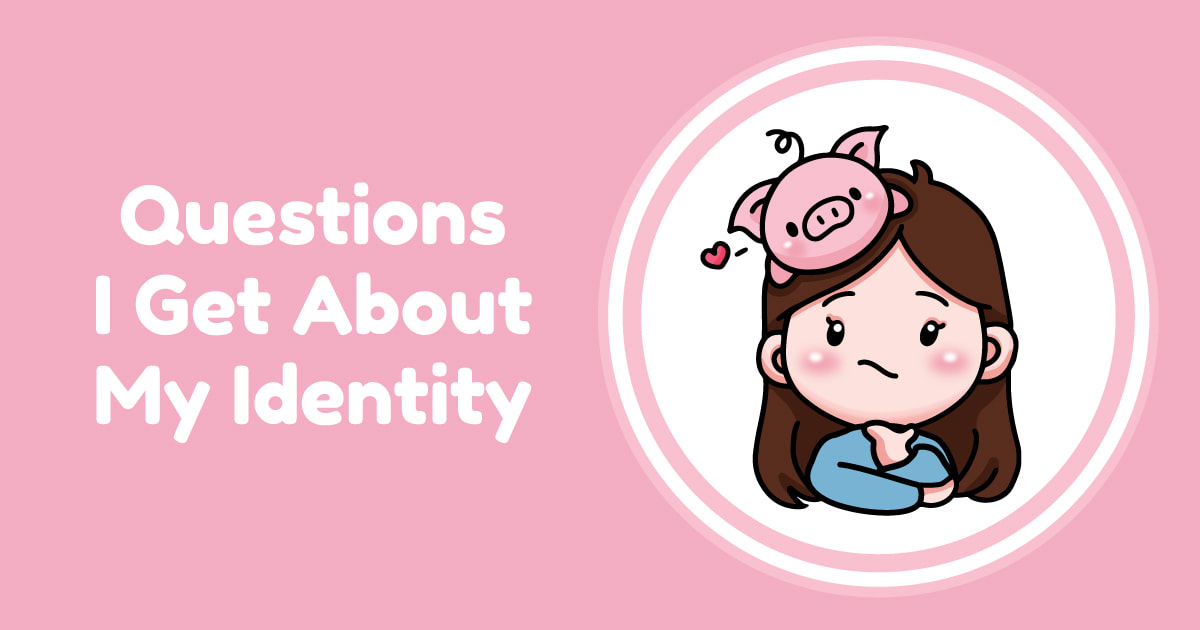
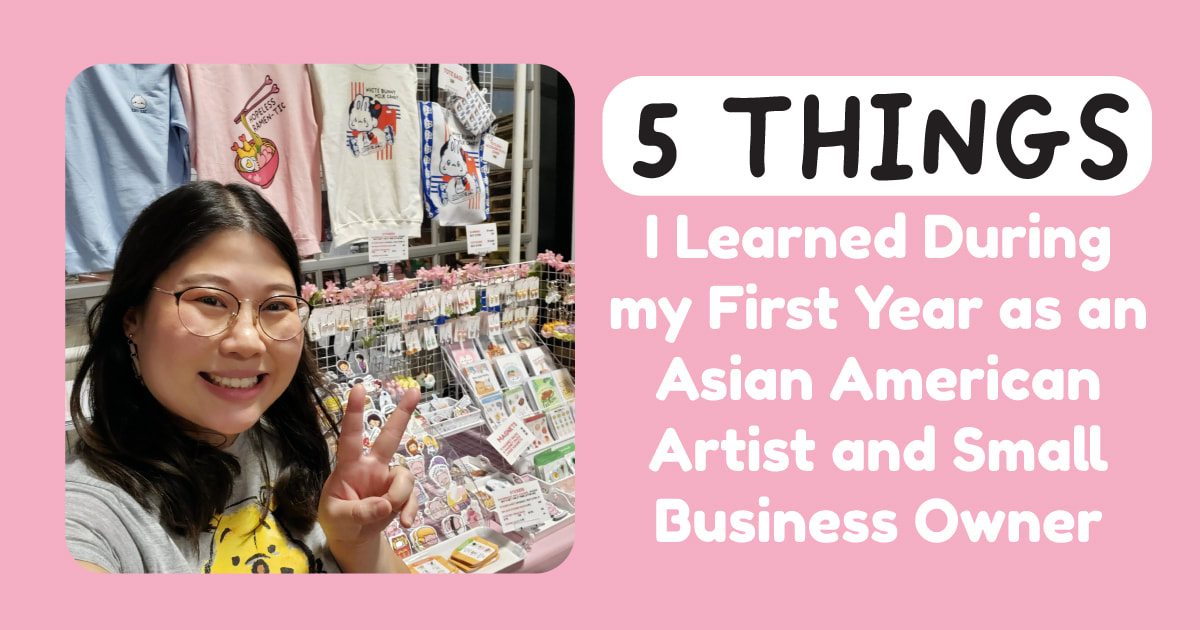
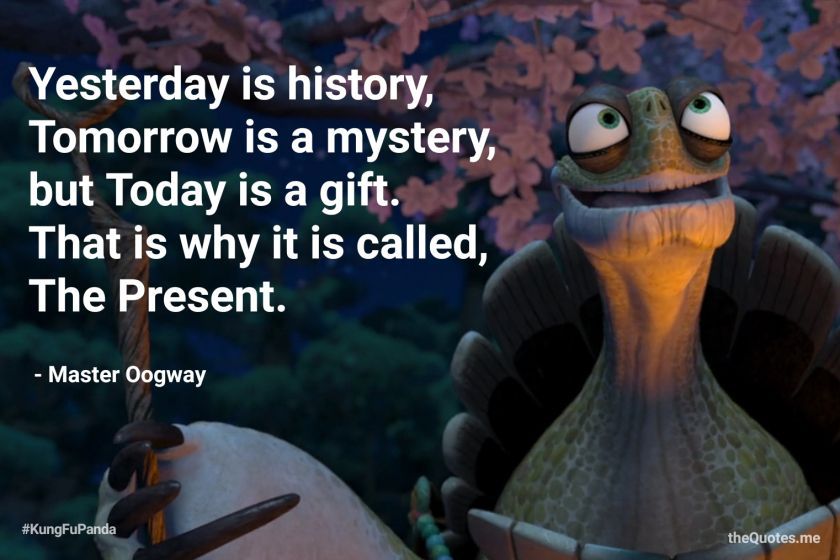
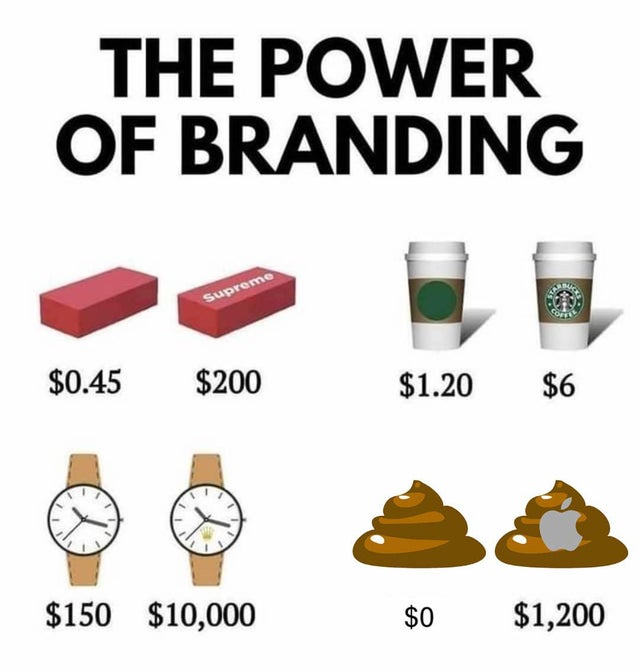
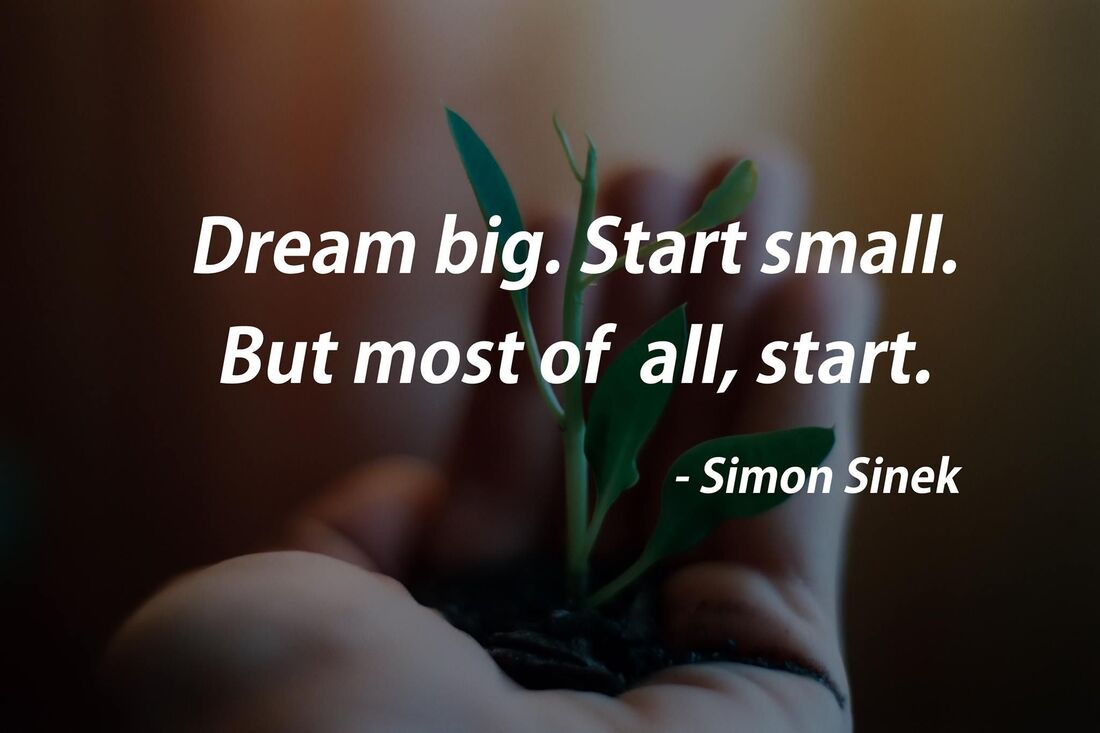
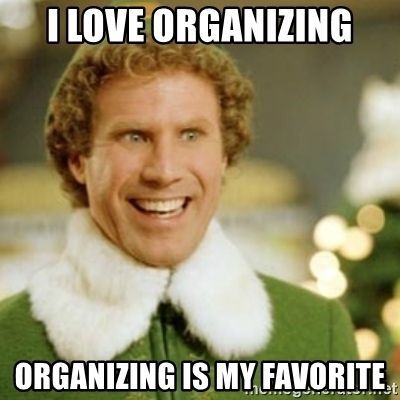
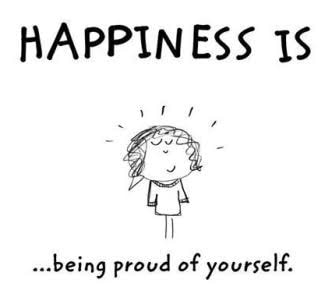
 RSS Feed
RSS Feed
